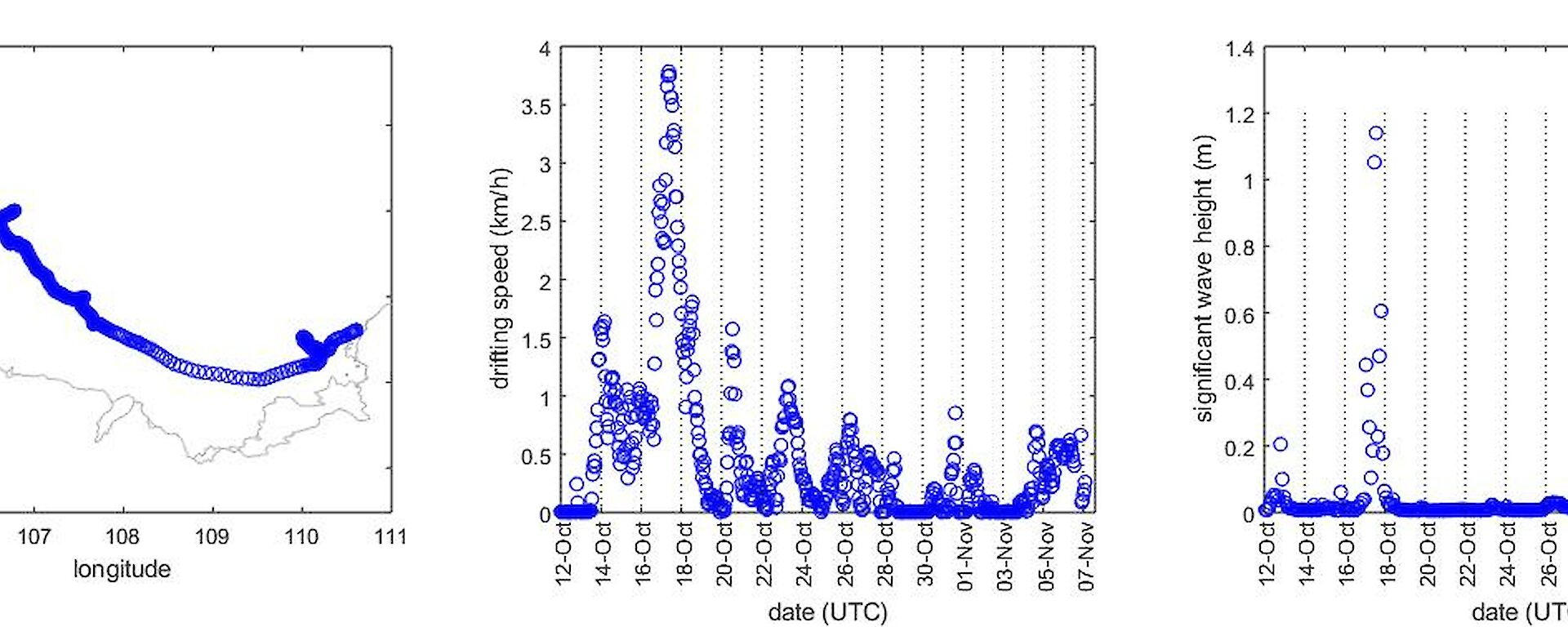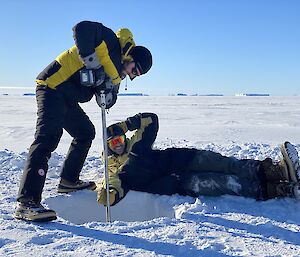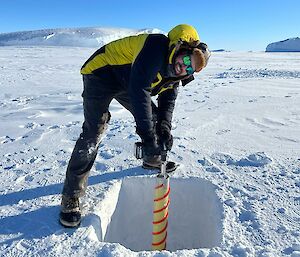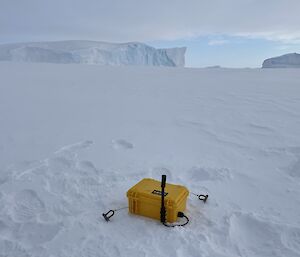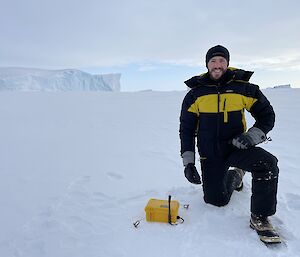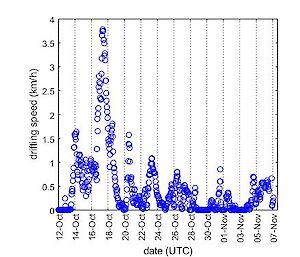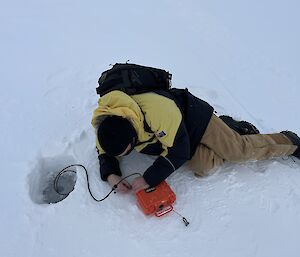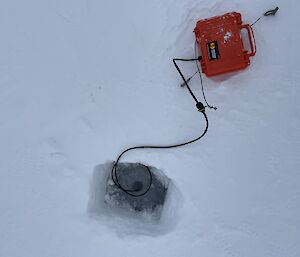As an expeditioner living on station, it can be easy to forget that our purpose for being here is to support the science projects that gather data from this environment to better understand it and also monitor changes that may assist with environmental predictions. There are a variety of science projects that are supported by the Australian Antarctic stations that observe anything from moss growth, to wildlife habits, to lake sediment.
The annual assessment of the fast ice around Casey’s station operating area went ahead this season with the help of Casey’s wintering population. Casey observations provide crucial information into the international Antarctic Fast-Ice Network. Ten selected sites were visited almost weekly to measure the ice thickness, the freeboard (how much the ice column is floating above the water level) and the snow depth.
Another part of the project was to deploy multiple motion and sound detection instruments onto the large area of fast ice just offshore from Jack’s Donga, an area known as the Swain Group of islands. Three different types of buoys were deployed, making nine units in total. These measure how sea ice modulates waves and if, when and where waves break the sea ice. Understanding these processes is critical to assess the changing impact of atmospheric forcing on the ocean and the sea ice in a warming climate. The project will also inform numerical weather prediction models, with a view to improving forecasts globally, including for Australia.
One of the buoys is designed to remain on the sea ice when it breaks out. It transmits its location via the Iridium network, the same one that we use for our satellite phones and satellite tracking. Since a recent breakout, the ice has travelled well over 100km from station – as seen in the graphic below.
Ice cores were also taken from some of the sites. These are stored in a freezer and sent back to Australia so the scientists can understand the makeup of the sea ice layers that relate to the rest of the data they receive. A hollow drill bit is used which captures a core inside (incredibly satisfying to pull out from the sea ice layer).
Thank you to all who helped with the field work and provided the required support from station.
Flynn Jackman | Field Training Officer

